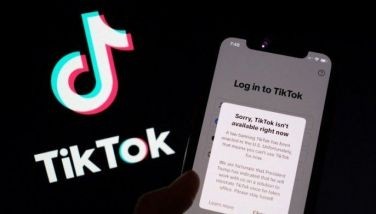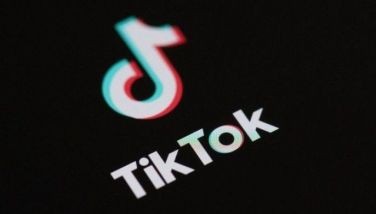The cost of free Internet
Recent surveys point to the Philippines as one of the slowest, if not the slowest, in internet speeds compared to its neighbors in South East Asia.
This has prompted the government to look into possible legislation, via a Senate inquiry, on how to improve the poor state of connectivity and perhaps compel Internet Service Providers (ISPs) to provide a guarantee for an acceptable minimum internet speed.
While it is true that investments in infrastructure to increase bandwidth, capacity and expanded coverage have been allocated and rolled out in the past couple of years, the obvious fact remains -- that a vast majority of Internet users, especially the ones using mobile data, experience mostly unsatisfactory service and that is the prevailing sentiment among subscribers.
A good barometer for this would be the sheer number of complaints that are posted on social media each day. People would rather go to Twitter or Facebook to air their grievances since even customer support is almost non-existent or not helpful anyway.
What is ironic, though, is that the same providers have both recently decided to provide free Internet access to a significant majority their subscribers. Granted that it is not really unlimited and restricted to services that are not bandwidth-hungry, it still manages to divide the opinion of a lot of consumers.
And, for good reason:
1. Putting priorities first. If existing paying customers are not satisfied with their internet subscription, it might not be in good taste to give away this precious bandwidth for free. Paying subscribers would have appreciated if this excess bandwidth were added to their monthly allocation. This is especially valuable since paying customers are restricted to certain bandwidth allocations or data caps.
2. Potential network congestion. More people using the network means higher incidence of congestion. Even if the provider promises and made sure that they’ve anticipated and prepared for the additional load, paying subscribers would always think the freeloaders are to blame whenever they experience slowdown of their connection.
3. Focus on infrastructure. Whatever resources spent to allow for the free service could have been reallocated to build new infrastructure, increase the number of cell sites or expand network coverage to more areas could have more impact to existing customers.
We do not discount the idea that providing free yet limited internet has its charms. It opens up opportunities for people who otherwise cannot afford to gain access to the vast resources the internet has to offer. It espouses good will for the ISPs at the very least, despite their inadequacies.
Current internet penetration in the Philippines is estimated to be in the range of 35% and that number could easily grow with the offer of free mobile internet. Subscribers will range between first time internet users, WiFi dependent smartphone users, and existing prepaid subscribers who primarily rely on affordable and promotional offers such as this.
But, it can also alienate customers, most especially the loyal ones. ISPs have maintained that, considering its nature, internet access is still a finite resource. Hence, it is only but logical that this finite resource should be managed appropriately.
Free Internet is not really free. Somebody has to pay for it. In this case, the paying customers might actually be the one footing the bill.
We know it’s just an experiment and we won’t see the actual results until the whole trial period is over with. It’s a bold move and something that we should watch closely.
- Latest





























